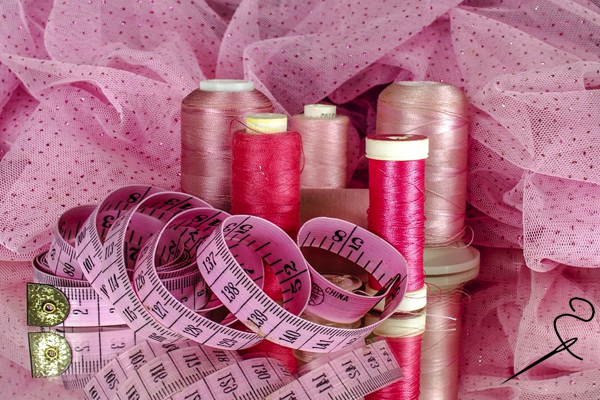The spectacular thing about fabric is that it’s generally open in a wide range of tones, examples and plans, yet have you thought about what material will be most appropriate to the venture you’d prefer to embrace? Cotton is by all accounts the most widely recognized material utilized in stitchcraft – however, what else would you be able to hope to discover? Here, we investigate the various materials you could put together your sewing projects with respect to, portraying their characteristics.
1. Cotton
Light, meagre and delicate, cotton is a generally modest material so is frequently utilized for a huge number of various material tasks. Cotton is an ideal material for interwoven tasks and making lightweight articles of clothing, like button-up shirts, dresses, socks, shirts, bedsheets and considerably more, but it may not be appropriate for all the more substantial fasten creating.
2. Denim
Denim is a solid, strong material generally produced using cotton twist yarn and a white cotton filling yarn. These two yarns are finely joined to make a perplexing twill weave, reinforcing the material. In spite of the fact that it’s principally used to make pants, coats, dresses and dungarees, denim can likewise be utilized to make extras and even cover furniture for a non-regular home stylistic layout style.
3. Felt
A solid material produced using either normal strands like fleece, or engineered filaments like acrylic, felt is developed by matting and squeezing filaments together to frame an entire piece. Shifting in thickness, thickness and non-abrasiveness, felt doesn’t shred when cut so is frequently utilized in fast and simple speciality projects, like making designs to stay nearby the home, teddies, eccentric caps, or utilized in kids creation.
4. Polyester
Polyester textures by and large have to a lesser extent a ‘characteristic’ vibe in contrast with cotton or fleece. But they are to some degree supported by sewers because of their strength. As well as their incredible shading maintenance, wrinkle/shrivel opposition and how economical they are. Polyester is generally utilized for bigger activities, for example, home stylistic themes, shirts, pants, coats and that’s only the tip of the iceberg.
5. Rayon
As it’s a semi-engineered fibre, rayon is a very adaptable material that is frequently used to substitute regular filaments in a dress. Albeit delicate, agreeable, smooth and retentive, rayon has a very low versatile recuperation and fizzles at protecting warmth, so is best utilized when sewing pieces of clothing to wear in a more sultry climate.
6. Glossy silk
Silk has a delicate, even, polished surface, mirroring light for a rich look. It’s generally developed by coasting twist yarns over weft yarns, along these lines making an extremely high shine that is ideal for making rich bed sheets and decorations. This material is regularly utilized in attire, and is particularly great for undergarments, sleepwear, scarves, and even ties!
7. Silk
A characteristic protein fiber, silk is developed basically from the cases of the hatchlings of Mulberry Silkworms. In contrast to numerous manufactured strands, silk has a delicate, smooth and non-slip surface. Despite the fact that it’s one of the most grounded normal strands, it has low versatility and can lose strength over the long haul. The wonderful radiance makes it ideal for shirts, ties, suits, formal dresses, undergarments, robes, bedding and significantly more.
8. Velvet
Produced using either normal or engineered strands, velvet is a woven texture with a thick heap that has a remarkable and unmistakable, smooth, delicate feel to it. As it has an extravagant surface and lavish appearance, velvet was customarily used to make rich wall decorations and imperial robes. Anyway today, it’s all the more generally used to make clothing, pads, home-style things, and to line stockpiling boxes.

